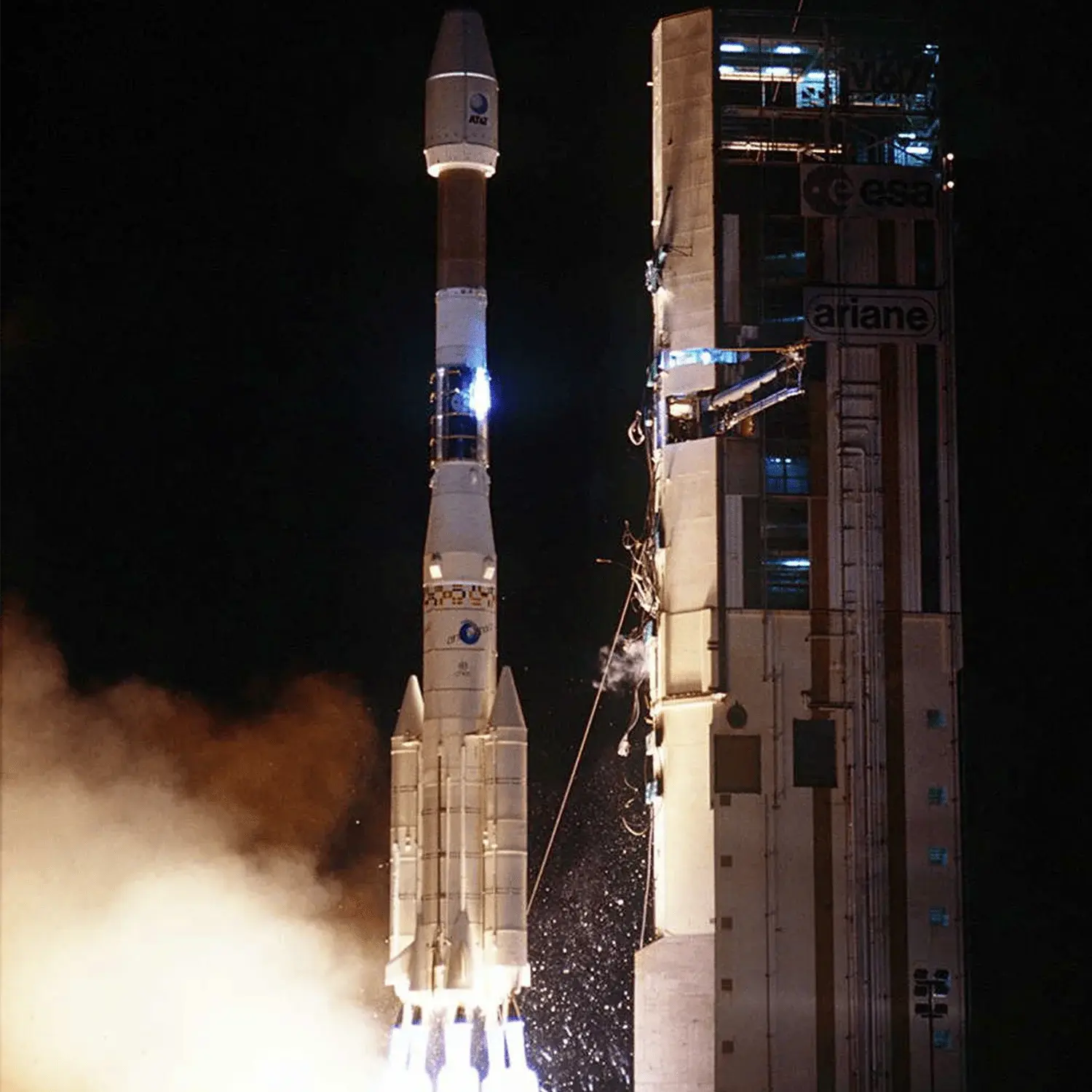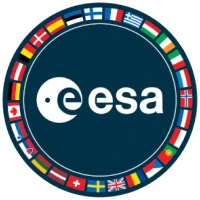Astra 1C & Arsene
Launch Success
Liftoff Time (GMT)
00:56:00
Wednesday May 12, 1993
Mission Details
Launch Notes
First flight of Ariane 42L. Only flight of Ariane 42L with a classic H10 stage. Flight V56.
Astra 1C
Astra 1C was a geostationary communications satellite launched in 1993 by the Société Européenne des Satellites (SES), now SES Astra. The commsat remained in service until 2011 and is now derelict. Astra 1C was the third communications satellite placed in orbit by SES and was originally deployed at the Astra 19.2°E orbital position. The satellite was intended to be replaced in 2002, along with Astra 1B, by Astra 1K but this satellite failed to reach its intended orbit. It was eventually relieved of its remaining television/radio payloads by Astra 1KR in 2006. In November 2006, prior to the launch of Astra 1L to the 19.2°E position, Astra 1C was placed in an inclined orbit and moved first to 2.0°E for tests, and then in February 2007 to 4.6°E, notionally part of the Astra 5°E cluster of satellites but largely unused. After November 2008, the satellite operated back at 2.0°E, in an inclined orbit. On November 2, 2011, the satellite was taken out of use as Eutelsat, the rightholder for the 3° allocation, came on air with Eutelsat 3A and current rules ask for a minimum of 2° separation. In the summer of 2014, the satellite was moved to 73°W, close to SES' AMC-6 satellite, to 1.2°W, to 152°W, to 40°W next to SES-6, to 91°E in January 2015 and continuously moving west by approximately 5.2° per day to reach 164°E at the end of 2015.
Geostationary Transfer Orbit
1 Payload
2,790 kilograms
Arsene
Arsene (Ariane Radio-Amateur Satellite Enseignement Espace) was designed and built by the French space agency CNES's radio amateur group (RACE) and was launched by the Ariane-42L H10 V56 launcher alongside Astra 1C, a TV satellite, into Geostationary Transfer Orbit (GTO) (223 × 36075 km, 5°) on the 12th May 1993 00:56:32 GMT. The spacecraft carried a VHF/UHF and a UHF/S-band transponder. The hexagonal cylinder measures 785 mm in diameter and weighs 154 kg (74 kg propellant); at that time the largest amateur satellite launched. The GaAs solar panels used were provided by the Italian space agency (ASI). Following launch it was found that the VHF uplink receiver had stopped functioning, and the French DGE 10 m dish station at CEM near Toulon was made available. It allowed the mission to be recovered using UHF uplink and S-band downlink to fire the SEP Mars apogee kick-motor (15 kN thrust) on the 13th orbit placing it into a 17,200 × 36,830 km orbit. The spacecraft was used by amateurs across the world but suffered finally stopped functioning on the 6th of September 1993 with a UHF uplink failure and two days later with a failure of the remaining S-band downlink. It is postulated that the VHF receiver failed due to a cable break at the low-noise amplifier and that the S-band downlink failed due to overheating.
Geostationary Transfer Orbit
1 Payload
154 kilograms
Rocket


Manufacturer
ESARocket
Diameter: 3.8m
Height: 58.72m
Payload to Orbit
GTO: 3,480 kg
Liftoff Thrust
4,538 Kilonewtons
Stages
3
Strap-ons
2
Launch Site
Stats
Ariane 4
28th
Mission
1st
Mission of 1993
European Space Agency
47th
Mission
1st
Mission of 1993
1993
31st
Orbital launch attempt